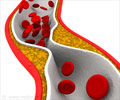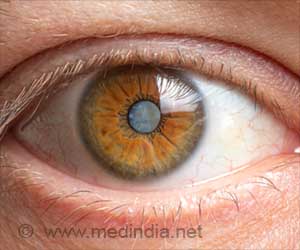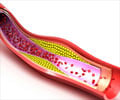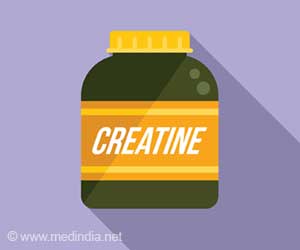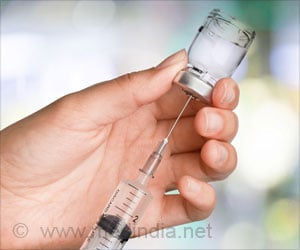The loss of function due to genetic changes in the HMGCR gene is similar to that of cholesterol-lowering statin medication.
- Researchers analyzed genetic variants that lower blood cholesterol levels.
- To calculate genetic scores based on each variant’s impact on blood cholesterol.
- They found that the HMGCR genetic risk score was seen among people with a higher risk of cataracts and cataract surgery.
Is There a Connection Between Cholesterol and Cataracts?
In this study, researchers explored whether certain genes that mimic the activity of statins may also independently increase the risk of developing cataracts.Using the UK Biobank, a large database of UK residents that tracks serious health and medical conditions of nearly half a million adults, researchers analyzed genetic data for more than 402,000 people.
Researchers focused on five common previously identified genetic variants that lower the level of LDL cholesterol. They then calculated genetic scores based on each variant’s previously identified impact on LDL cholesterol. Genetic coding data were examined to identify carriers of a rare mutation in the HMGCR gene called a predicted loss-of-function mutation.
The study found that the HMGCR genetic risk score identified people with a higher risk of cataracts and cataract surgery. Each 38.7 mg/dL reduction in LDL cholesterol by the genetic score was associated with a 14% higher risk of cataracts and a 25% higher risk of cataract surgery.
Among 169,172 with HMGCR sequencing data, 32 (0.02%) carried one of 17 rare HMGCR predicted loss-of-function mutations. Compared with non-carriers, carriers of these rare mutations were more than four-and-a-half times as likely to develop cataracts and over five times as likely to have cataract surgery.
Where Does the True Effect of Cholesterol Lowering Gene Lie?
The main difference between the two analyses is that loss-of-function mutations are more detrimental than common variants, meaning they mimic change that is often induced by medications,” he said.The major limitation of the study is that while carrying these genetic variants constitutes a lifelong risk for the development of cataracts, that risk should not be evaluated the same for people who begin taking statins later in life given the positive impact statins have may have on lowering blood cholesterol levels. Further evaluation of this association in more clinical trials is needed to confirm these findings.
Source-Medindia


